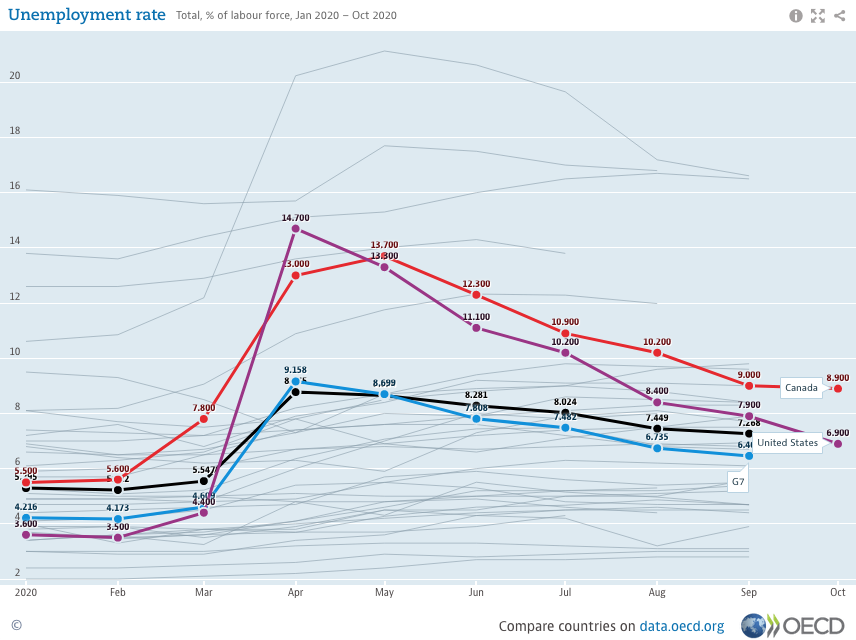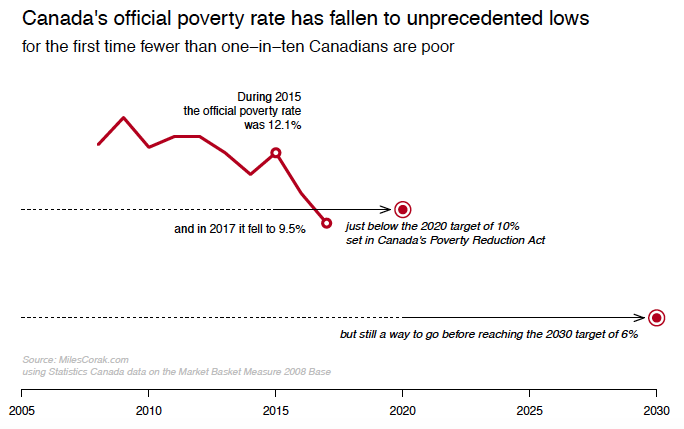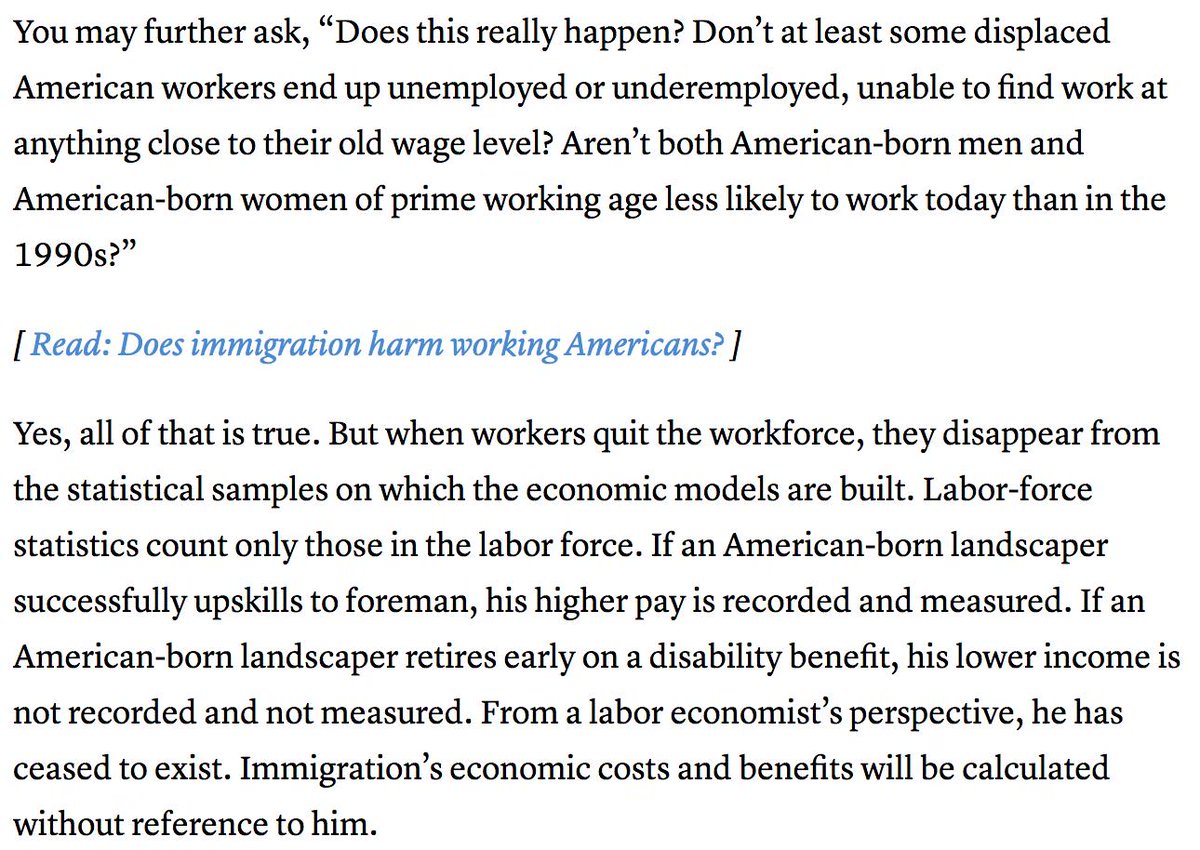
A "Basic Income" means different things to different people.
At one end there is the @believeinsomeon unconditional cash transfer to selected homeless individuals: should benefits be delivered in-kind with conditions, or as cash with no strings attached?
forsocialchange.org/new-leaf-proje…
At one end there is the @believeinsomeon unconditional cash transfer to selected homeless individuals: should benefits be delivered in-kind with conditions, or as cash with no strings attached?
forsocialchange.org/new-leaf-proje…
This is clearly targeted, not universal. And is a one-time benefit, not a permanent ongoing cash transfer.
It speaks to the importance of administrative simplicity in the delivery of social programs and of giving clients agency and dignity.
It speaks to the importance of administrative simplicity in the delivery of social programs and of giving clients agency and dignity.
At the other extreme is the Alaska Permanent Fund, examined by @mioana , a universal, yearly, and ongoing transfer to all residents in the State.
marinescu.eu/publication/jo…
marinescu.eu/publication/jo…
It speaks to issues of adequate income support, and to the desire to reduce inequality. It has to be judged in terms of the capacity to do this in a fiscally sustainable way.
It often raises questions of labour market engagement, but to judge this economy wide impacts have to be assessed, not just individual and partial impacts.
• • •
Missing some Tweet in this thread? You can try to
force a refresh






